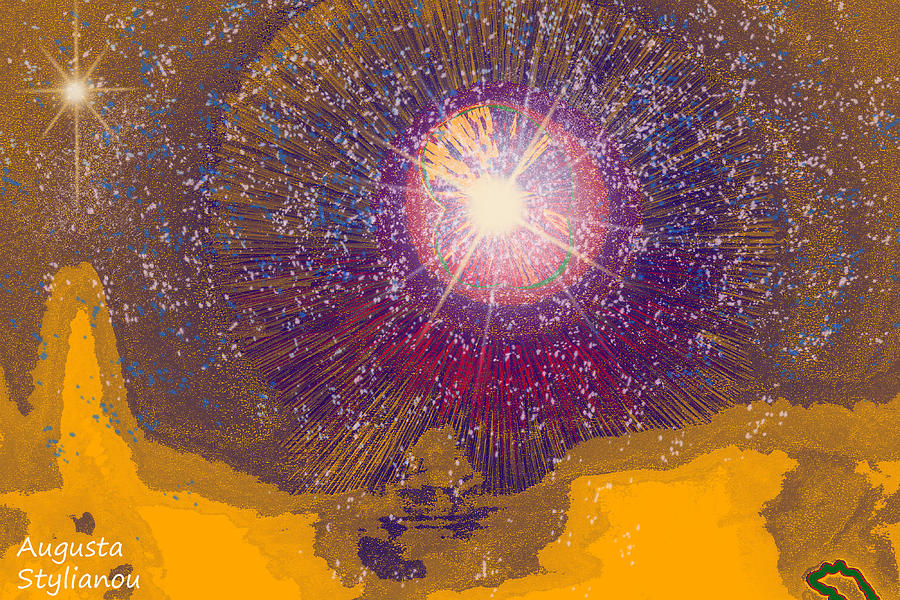
I also reinforce that neutrino pair annihilation from these disk configurations is unlikely to be able to energize a gamma-ray burst jet. I apply Sedonu to simulations of accretion disks following neutron star mergers to demonstrate that more realistic disk cooling and neutrino-driven mass ejection rates are larger than is predicted using approximate transport methods. Though Sedonu calculations are time-independent, I demonstrate their utility in dynamical general relativistic variable Eddington tensor radiation hydrodynamics simulations.
#Neutrino radiation code
I describe my relativistic time-independent multidimensional Monte Carlo neutrino radiation transport code Sedonu that provides an accurate account of the neutrino radiation fields and the interaction with neutrinos and background fluid. I use a variety of computational tools to understand the detailed mechanisms behind both types of events. Their strongly nonlinear and complicated nature makes them difficult and expensive to simulate, and the properties of matter in these extreme conditions are poorly constrained. However, the detailed mechanisms behind all of these astrophysical explosions remain elusive. University of North Texas Libraries, UNT Digital Library, Ĭrediting UNT Libraries Government Documents Department.Neutron star mergers and the collapse of massive stars result in some of the universe’s most violet explosions.


Neutrino radiation hazards: A paper tiger, oai/?verb=GetRecord&metadataPrefix=oai_dc&identifier=info:ark/67531/metadc680428 International Image Interoperability Framework (IIIF) Neutrino radiation hazards are, then, truly a `paper tiger`. Examining recent calculations concerning neutrinos incident upon the earth due to stellar collapse, it is concluded that it is highly unlikely that these neutrinos caused the mass extinctions of species found in the paleontological record. It is found that neutrinos produced by the sun and modern particle accelerators produce inconsequential dose equivalent rates. Presented here are methods for conservatively estimating the dose equivalent due to neutrinos as well as an assessment of the possible role of neutrinos in biological extinction processes. Adding to such possible concerns is a recent assertion, widely publicized, that neutrinos from astronomical events may have led to the extinction of some biological species. Furthermore, the very word neutrino (`little neutral one`, as coined by Enrico Fermi) can lead to public concern due to confusion with `neutron`, a word widely associated with radiological hazards.

The large size and cost associated with these beams attracts, and indeed requires, public interest, support, and some understanding of the `exotic` particles produced, including the neutrinos. Progress in fundamental physics research has led to the creation of beams of neutrinos of ever-increasing intensity and/or energy. Neutrinos are present in the natural environment due to terrestrial, solar, and cosmic sources and are also produced at accelerators both incidentally and intentionally as part of physics research programs.


 0 kommentar(er)
0 kommentar(er)
